Data Cuisine goes against everything i've learnt as a child: Don't play with food! Don't mix meals with political discussions! In these workshops, participants experiment with the representation of data using culinary means. I suspect they are even allowed to put their elbows on the table.
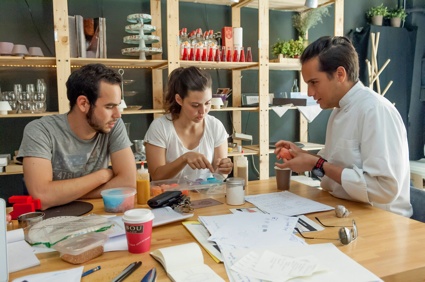
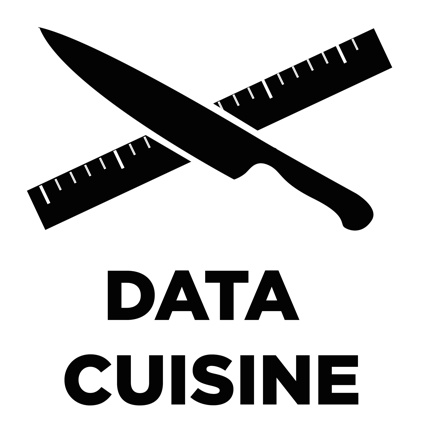
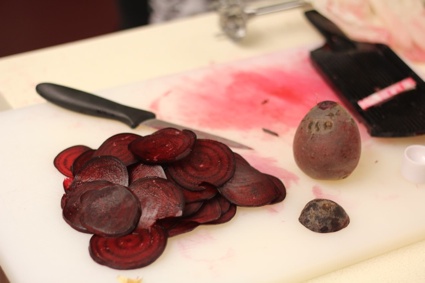
The workshop invites participants to translate local data into culinary creations, turning arid numbers into sensually 'experienceable' matter.
Participants chose their topics, investigate related data, shop for comestible ingredients and under the guidance of chefs, they learn how to create dishes that will not only be delicious but also act as entry points to discussions about local issues that range from emigration to criminality, suicide rate, unemployment, sexuality or science funding.
There's been two editions so far. The first one was the Open Data Cooking Workshop in Helsinki. And the latest was a Data Cuisine Workshop that took place last month in Barcelona.
I had a quick online chat with the creators of the workshops, data visualizer Moritz Stefaner and curator Susanne Jaschko from prozessagenten, process by art and design.
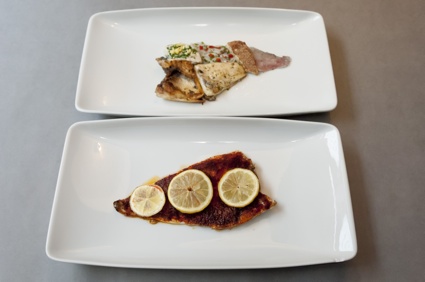
Samuel Boucher & Jahn Schlosser, Emigration Fish
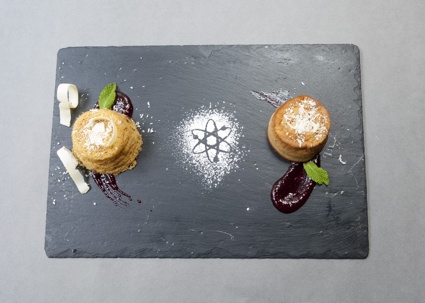
Antonija Kuzmanic, Requiem for Science
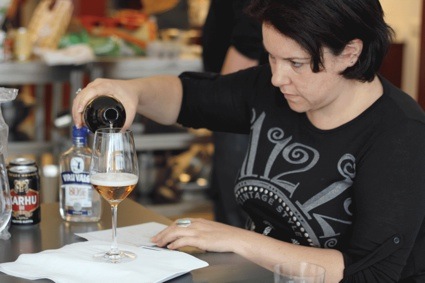
Rossana Moroni preparing a Suicide Cocktail
Hi Susanne and Moritz! Seen from the outside, the idea is somewhat simple: just take some data and assemble them on a plate instead of a graph, use culinary ingredients instead of lines and block of colours. Yet, i suspect the process must be more complex than that. What are the challenges participants encounter when trying to turn numbers into dishes?
SJ: It might sound simple, but cooking and data visualisation or representation are two very different disciplines. Food is sensual, tangible, ephemeral, emotional and social. Data is not like this at all. This dialectics is the starting point of the Data Cuisine workshop and for someone who has never done it, it is already a challenge to think both together and to play with the various qualities of food such as its cultural connotations, colour, taste, shape, nutrition and the range of techniques to prepare food such as melting, freezing, boiling, baking, foaming...Not to speak of the various ways one can present and consume food.
Actually there are so many possibilities to explore on both ends, the data and the food, that most participants end-up with something relatively simple, because they are overwhelmed by the complexity. A translation of data into a visual edible diagram is relatively easy, but that's not what we are striking for, but for creations that work and communicate on both levels, visually and as regards taste.
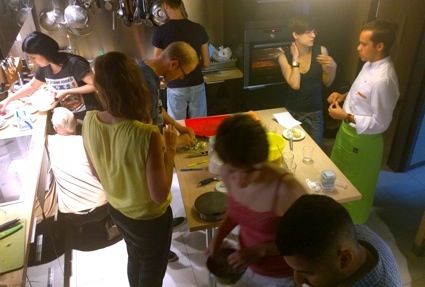
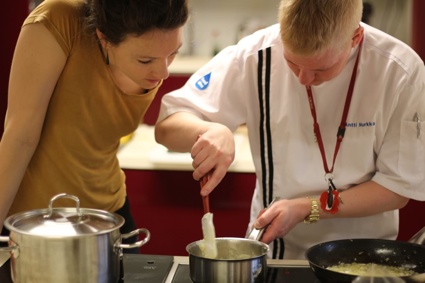
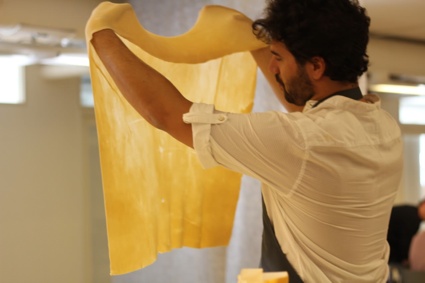
One of the questions the workshop asks is "Have you ever tried to imagine how a fish soup tastes whose recipe is based on publicly available local fishing data?"
So does data affect taste and how? For example, do you have to make concession and be a bit less respectful of data to ensure that a dish is delicious?
MS: Generally, when it comes to tasting precise quantities and differences, of course, our taste organs are more limited than our visual system. It is simply much harder to determine what is "twice as sweet" as opposed to as twice as long line in a graphic. Then again, taste is a much more emotional and temporally complex experience that just looking at a dot on a screen. So, the mechanisms to encode information might be more fuzzy, but potentially much deeper.
Depending on the theme, there could also be a case to be made for dishes that don't taste all that well (like, e.g., the noise visualization through salt).
In the end, our goal is to create eating experiences that teach you something about the data, and taste is one dimension you can vary, but there is also temperature, texture, amounts, the plating, all the cultural connotations different dishes and ingredients have ... all this plays together in creating a successful dish. Here, precision of data readability is not of primary concern, but rather, the overall personal experience, and the dishes' concept.
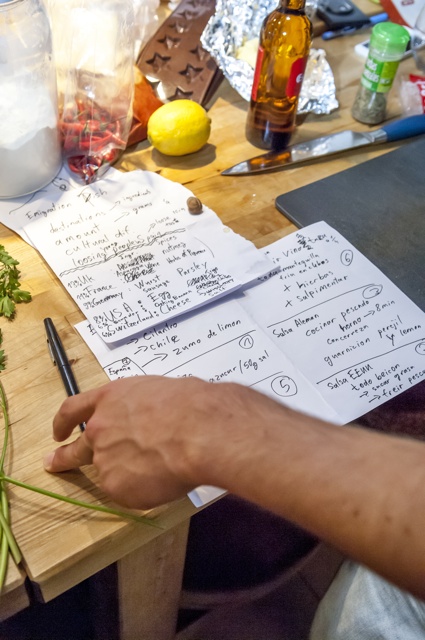
Can any data be turned into something edible? Or did participants find themselves in front of data that when cooked together could only lead to unpleasant flavors?
SJ: We ask the participants to work with local data, ideally open data, and the experience from the two workshops shows that most people tend to pick data that reveal social and economic problems. This is not really surprising as we encourage people to pick a topic that they feel close to, that motivates them to work on, and to turn it into some kind of food experience. Creating a dish that tastes terrible is sometimes the best way to communicate a negative development or a problematic situation. Good examples for this are the 'Suicide Cocktail' that looks at the relation of alcohol consumption and suicide rates in Finland and 'Unemployed Pan con Tomate!' that visualises the drastic increase of unemployment among young people. We tell participants that they should decide early on, if they want to be that radical or if they want to try something that is more subtle and comparably more difficult to produce.
You work with chefs in each of these workshops. How do they intervene? What exactly is their role in each workshop?
SJ: The chefs are very important, when it comes to creating the dishes. In most cases, a 'data' dish is created by either remixing, altering or re-interpreting existing recipes. The group of participants is usually very heterogeneous and have different professional backgrounds. However, they all have an interest in cooking or at least in doing something with food, but some are knowledgeable than others. The chefs bring the real cooking expertise to the table. Usually our participants quickly develop ideas what they want to do and which dishes they want to create, and then it's the chef who -- with his or her experience and creativity -- pushes them to open up their mind, to try something new and unusual, such as trying out other techniques or ingredients. When we are in the kitchen, the chef is in high demand, not only for the preparation of dishes, but also for their final presentation on the plate.
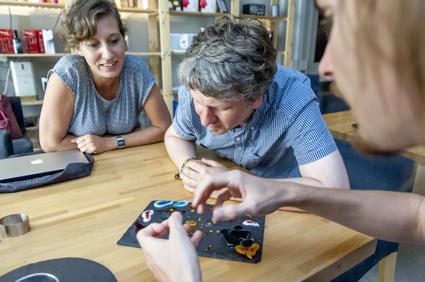
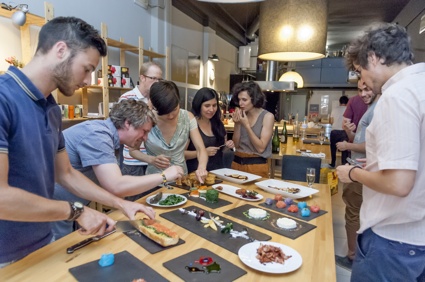
So far you've organized 2 Data Cuisine workshops. One in Helsinki and one in Barcelona. These are two very different kind of countries in terms of cuisine. Do you feel that participants approached the idea of mixing data and food differently? Because i somehow feel that a lot of personal culture and subjectivity enters into account when dealing with food.
SJ: In Helsinki less of the dishes were local, maybe also due the fact that a lot of Helsinki workshop participants were either immigrants or just visiting. I remember that Moritz and I were wondering what constitutes Finnish cuisine before we had our first meeting with Antti Nurka, the Finnish chef. And it was particularly interesting to see how the shortage of vegetables that grow in Finland and the variety of local mushrooms, berries and fish influence the Finnish menu. But other than that I couldn't discover much differences in the general approach of the participants, maybe because the people who join the workshop are usually food-aficionados.
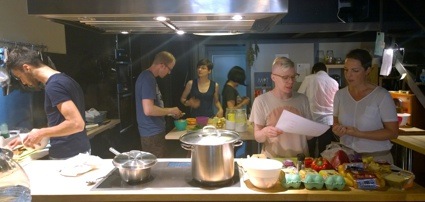
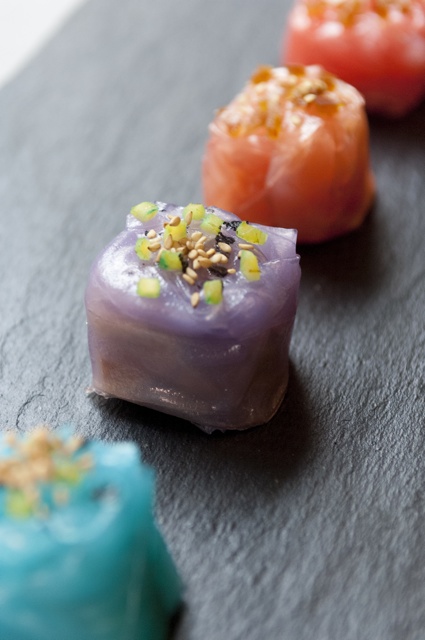
Domestic Data Streamers, In & Out
I think what i like about this workshop is that it breaks a taboo for me. I grew up being told that you don't mix politics and food, that you can't talk about sensitive or potentially divisive topics while having a meal. Yet, many of the projects were directly related to politics and social issues. Besides, one of the objectives of the workshops is precisely to merge food with data in order to "gain unexpected insights into both media and learn about their inner constructions and relations". So what have you learn so far about these constructions and relations?
MS: From a data visualization point of view, I found it really interesting to watch how deeply people meditate on very simple data points, when they think about turning them into food experiences. In a way, this is a very needed counterpoint to the current trend of consuming lots of data in a very quick and superficial way. As Jer Thorp said, "we are so used to flying at 10,000 feet that we forget what it is like to be on the ground" and both the preparation and consumption of the data dishes providesa very earthy, grounded way to connect with statistical information and the human stories behind the numbers.
From a food point of view, knowing how expressive food is as a medium, it is surprising to me by now, how little the intellectual side is stimulated in high-end cuisine. It is surely nice to just enjoy interesting tastes in good company, but it can also be quite enriching if there is a whole extra conceptual and intellectual dimension to the dining experience. I think this side has been quite neglected in the history of cuisine and we are hoping to provoke a few reactions in -- and hopefully some inspiration to -- the traditional cooking scene.
What's next for Data Cuisine?
MS: We aim for a few more editions of the workshop, in order to understand the local differences better and continue to explore the medium. We might also vary the format in the future - one format we were considering is a high-end "data dinner", which would put less emphasis on the collaborative workshop process, but more the final outcome and dining experience. And I would like to learn more about the science of cooking and the technological advances in the area - this field is buzzing right now!
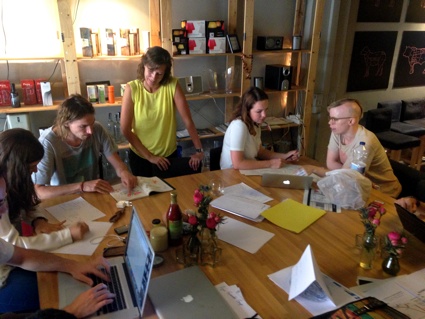
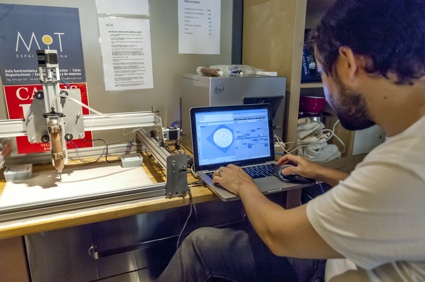
Thanks Susanne and Moritz!
All images courtesy of Data Cuisine. More photos.



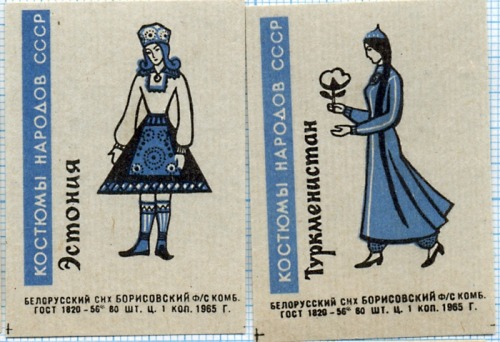
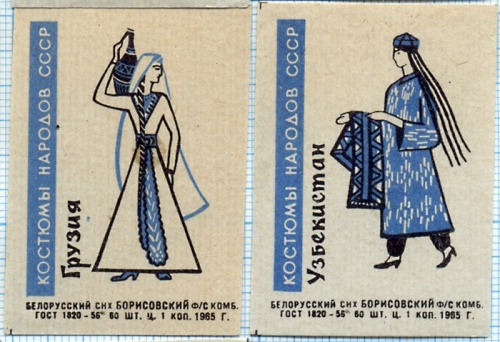







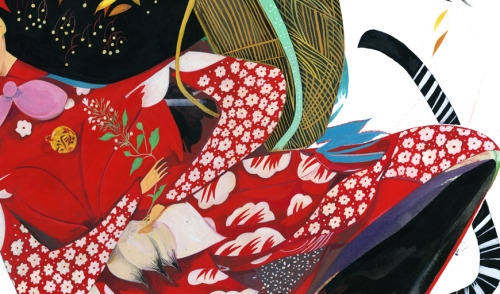



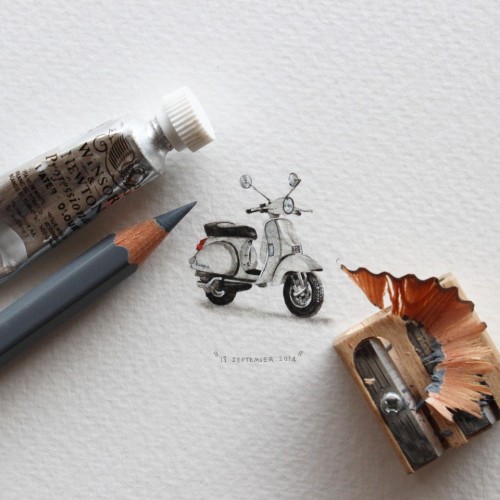








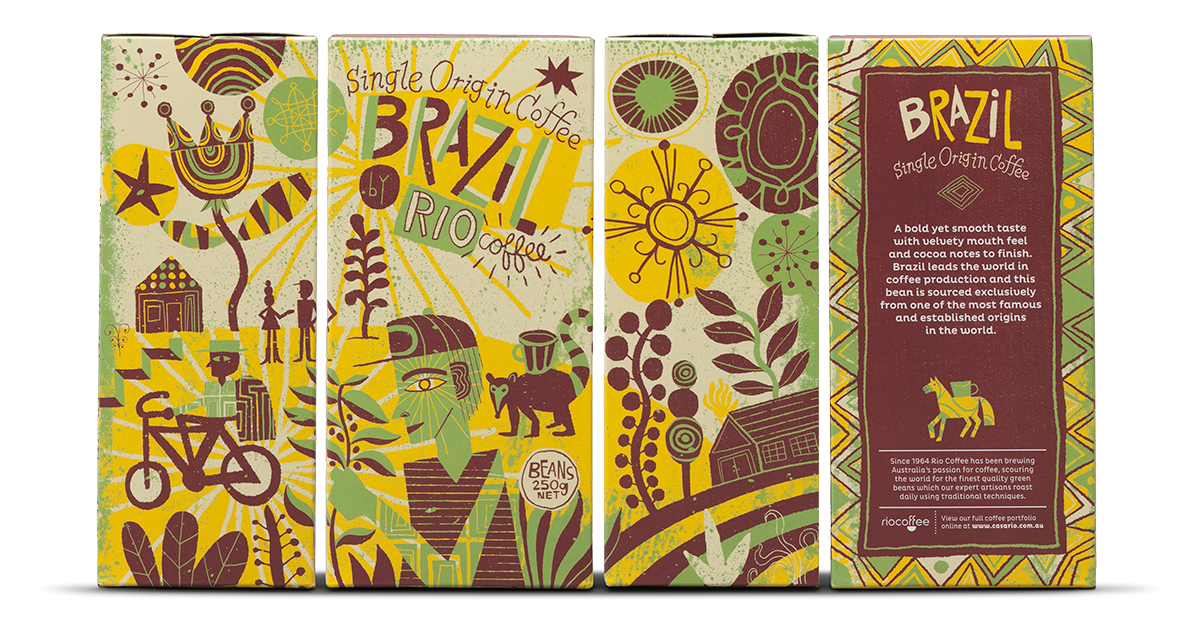


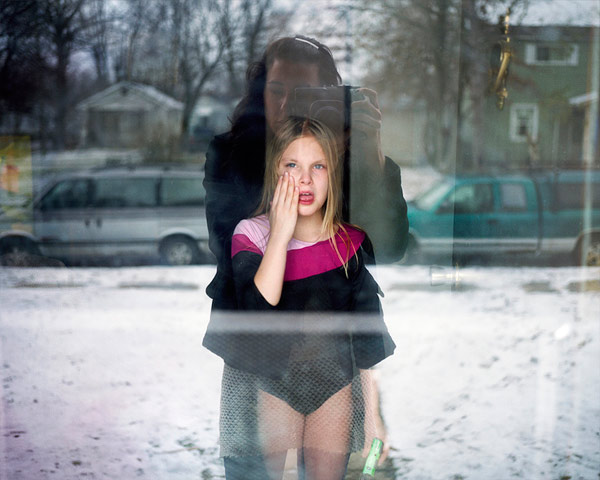
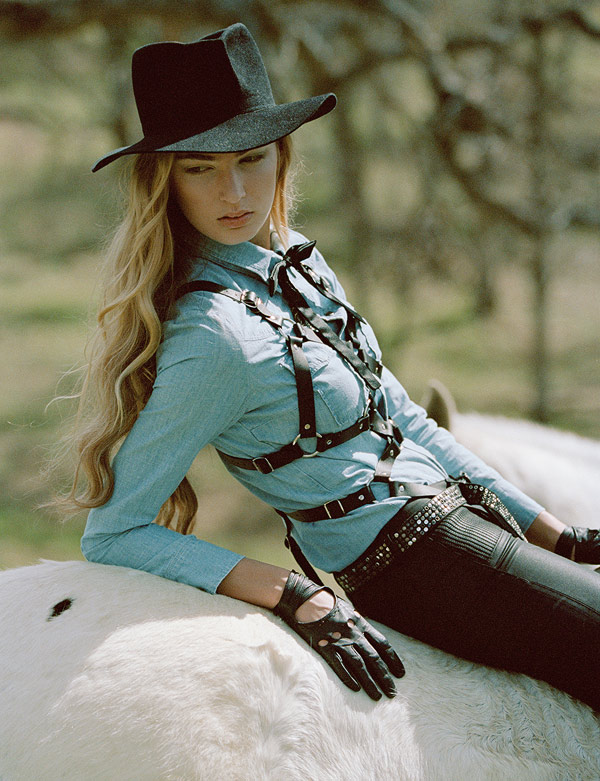


















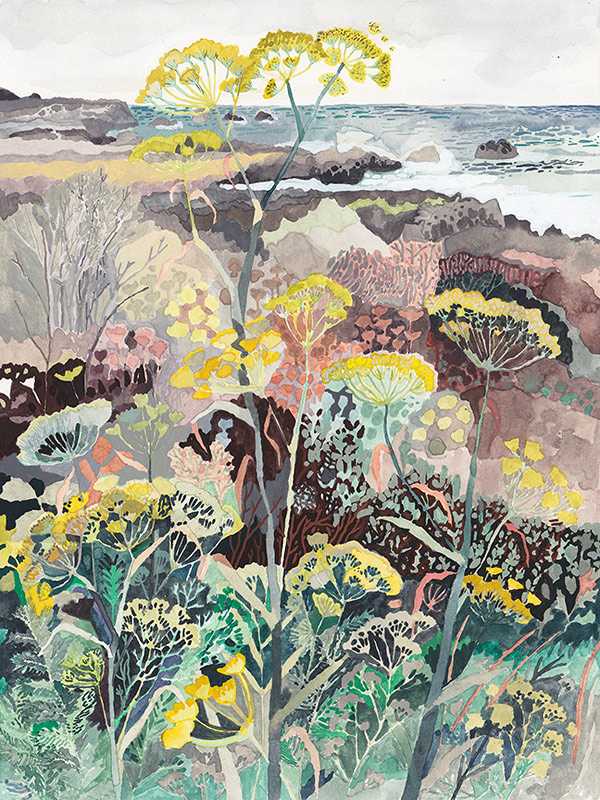
 1961
Janusz Stanny (born 1932) died in February of this year. He was one of the titans of Polish illustration and design, serving as director of The Studio of Illustration at the Academy of Fine Arts in Warsaw for twenty-five years, beginning in 1971. He designed and illustrated countless books.
The scans here come from publisher Iskry's Pinterest page. I plan to do some posts of their covers, sorted by designer or decade.
It's been three years since the Polish book cover contest (you can see more covers by Stanny at that link), and I'm glad to return to this material after the long break. The contest's judges have had some real successes: Peter Mendelsund has two books coming out in August (Cover and What We See When We Read) and Aleksandra Mizielińska and Daniel Mizieliński have had a worldwide hit book with their stunning children's book Maps.
1961
Janusz Stanny (born 1932) died in February of this year. He was one of the titans of Polish illustration and design, serving as director of The Studio of Illustration at the Academy of Fine Arts in Warsaw for twenty-five years, beginning in 1971. He designed and illustrated countless books.
The scans here come from publisher Iskry's Pinterest page. I plan to do some posts of their covers, sorted by designer or decade.
It's been three years since the Polish book cover contest (you can see more covers by Stanny at that link), and I'm glad to return to this material after the long break. The contest's judges have had some real successes: Peter Mendelsund has two books coming out in August (Cover and What We See When We Read) and Aleksandra Mizielińska and Daniel Mizieliński have had a worldwide hit book with their stunning children's book Maps.
 1961
1961
 1958, The Lost World
1958, The Lost World
 1962
1962
 1957
1957
 1958
1958
 1960
1960
 1961
1961
 1961
1961
 1962
1962
 c. late 50s/early 60s
Three Men in a Boat
c. late 50s/early 60s
Three Men in a Boat
 1962
1962
 1959
1959
 1954
1954
 1955
1955
 1956
1956
 1957
1957
 1957
1957
 1957
1957
 1958
1958
 1960
1960
 1963
1963
 1959
1959
 1960, Uncle Tom's Cabin
1960, Uncle Tom's Cabin
 This one is via Garaż ilustracji książkowych. Go there to see the whole book.
Previously:
This one is via Garaż ilustracji książkowych. Go there to see the whole book.
Previously:
 This post first appeared on May 8, 2014 on 50 Watts
This post first appeared on May 8, 2014 on 50 Watts



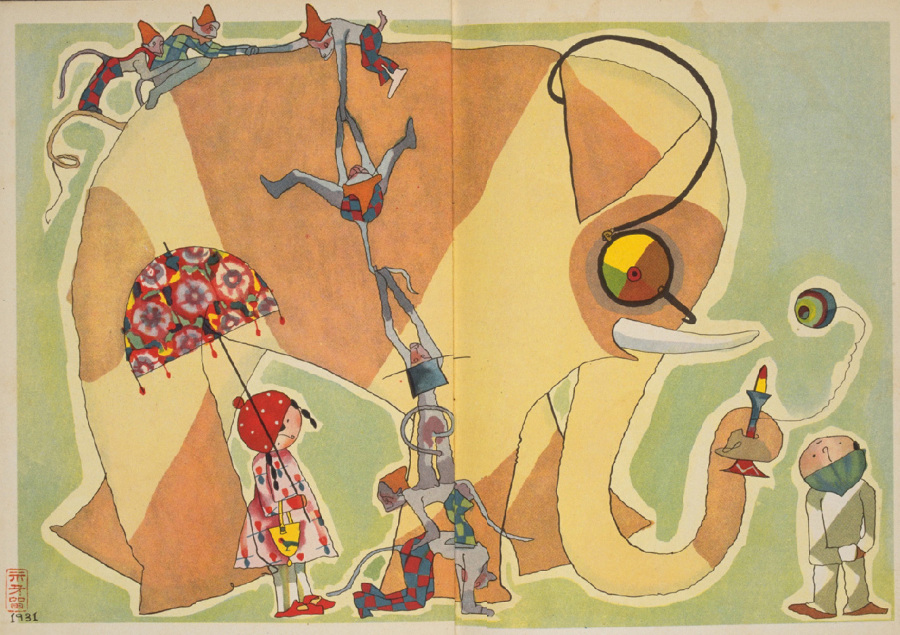 1931
Bio of Hatsuyama Shigeru (sometimes "Hatuyama," 初山滋) (1897–1973) from Kodomo No Kuni:Hatsuyama was born in Asakusa, Tokyo in 1897. In 1906 he studied yamato-e painting for three months under Araki Tanrei, a Kano-school painter in Yanaka (Tokyo), and in 1907 he painted kimono patterns at a workshop in Kanda-Imagawabashi. He studied the style of painter Ogata Korin (1658-1716). In 1911 he became a disciple of Ikawa Sengai, a Japanese-style painter known for his bijinga (images of beautiful women). In 1919, following the founding of the children's magazine Otogi no sekai [Fairy World] (Bunkodo), Hatsuyama did the illustrations for its cover from the inaugural to the very last issue which came out in October 1923.
There's also a longer bio at The Lavenberg Collection of Japanese Prints. Many of his books have been reprinted In Japan (I've been collecting them).
And about the site that houses 9000 images from the almost 300 issues of Kodomo no kuni: "This program was created as part of the Picture Book Gallery project of the International Library of Children's Literature to introduce in digital form the story of the picture book genre from its beginnings until the present. The program was designed to reproduce the works contained in the journal Kodomo no kuni [Children's Land] and convert them to digital images, which have been edited and titled and made available to the public as a virtual exhibit."
Previously: Hatsuyama's Thumbelina and Takei No Kuni.
1931
Bio of Hatsuyama Shigeru (sometimes "Hatuyama," 初山滋) (1897–1973) from Kodomo No Kuni:Hatsuyama was born in Asakusa, Tokyo in 1897. In 1906 he studied yamato-e painting for three months under Araki Tanrei, a Kano-school painter in Yanaka (Tokyo), and in 1907 he painted kimono patterns at a workshop in Kanda-Imagawabashi. He studied the style of painter Ogata Korin (1658-1716). In 1911 he became a disciple of Ikawa Sengai, a Japanese-style painter known for his bijinga (images of beautiful women). In 1919, following the founding of the children's magazine Otogi no sekai [Fairy World] (Bunkodo), Hatsuyama did the illustrations for its cover from the inaugural to the very last issue which came out in October 1923.
There's also a longer bio at The Lavenberg Collection of Japanese Prints. Many of his books have been reprinted In Japan (I've been collecting them).
And about the site that houses 9000 images from the almost 300 issues of Kodomo no kuni: "This program was created as part of the Picture Book Gallery project of the International Library of Children's Literature to introduce in digital form the story of the picture book genre from its beginnings until the present. The program was designed to reproduce the works contained in the journal Kodomo no kuni [Children's Land] and convert them to digital images, which have been edited and titled and made available to the public as a virtual exhibit."
Previously: Hatsuyama's Thumbelina and Takei No Kuni.
 1932/1935
1932/1935
 1930
1930
 1932
1932
 1932
1932
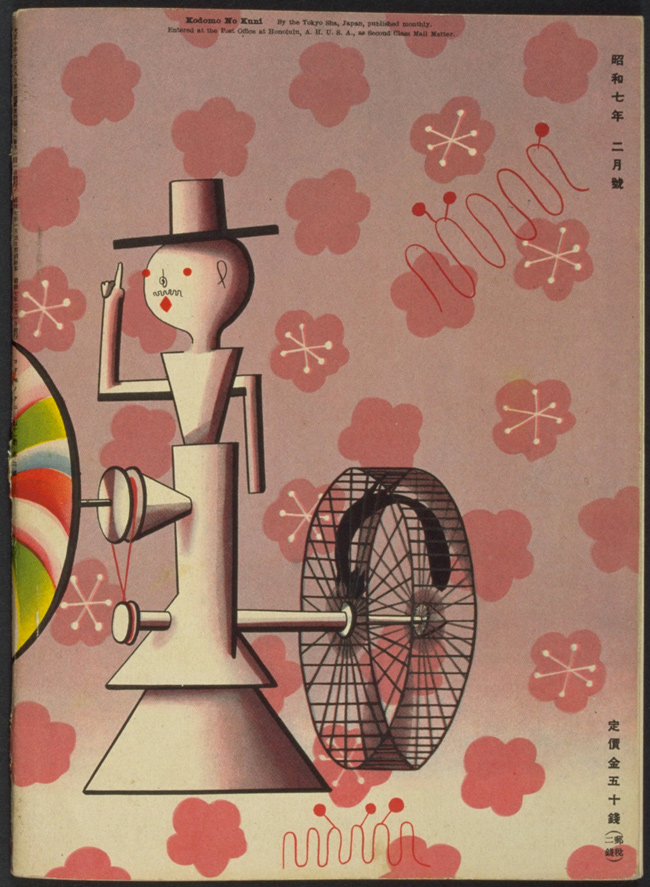 1932
1932
 1931
1931
 1934
1934
 1935
1935
 1929
1929
 (detail)
(detail)
 1929
1929
 1928
1928
 1928
1928
 1935
1935
 1933
1933
 1932
1932
 1935
1935
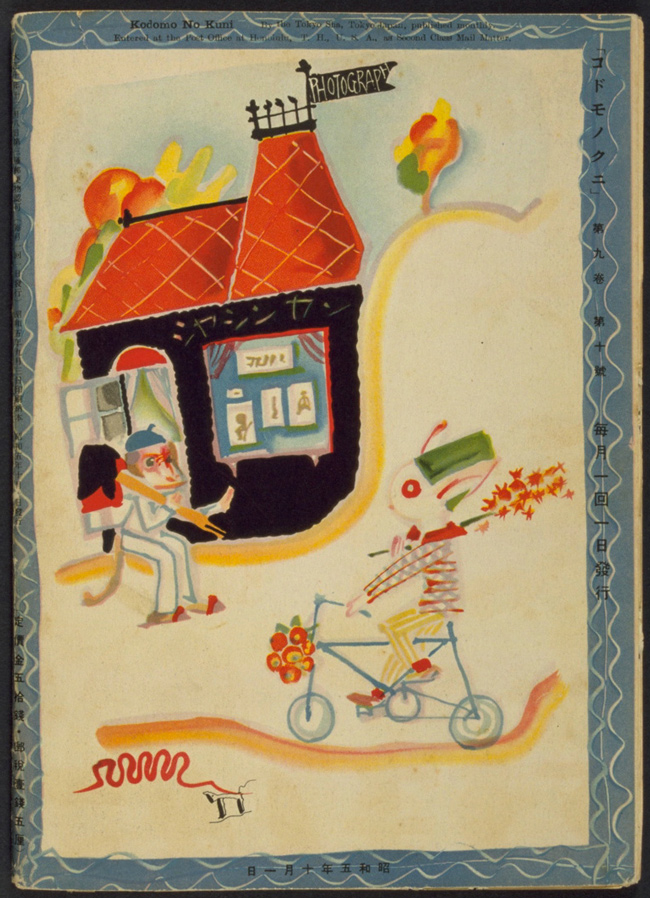 1930
1930
 1934
1934
 1935
1935
 1935
1935
 1929'
1929'
 1936
1936
 1935
1935
 1935
This post first appeared on May 12, 2014 on 50 Watts
1935
This post first appeared on May 12, 2014 on 50 Watts
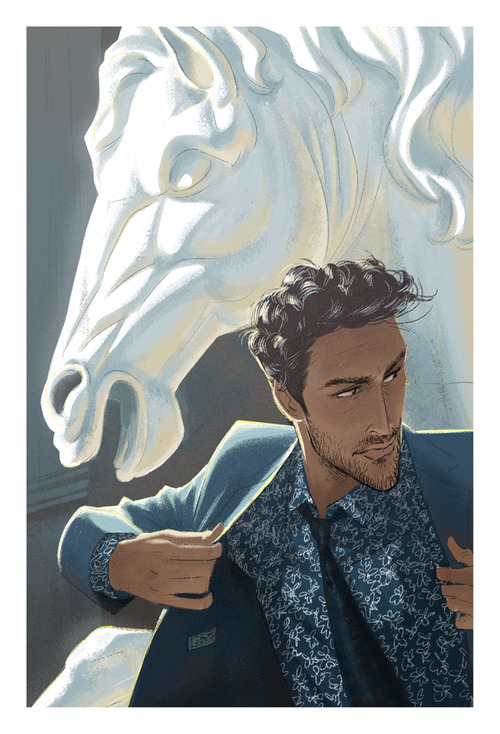
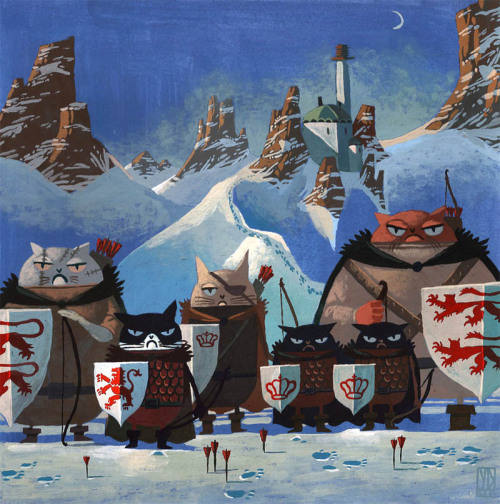



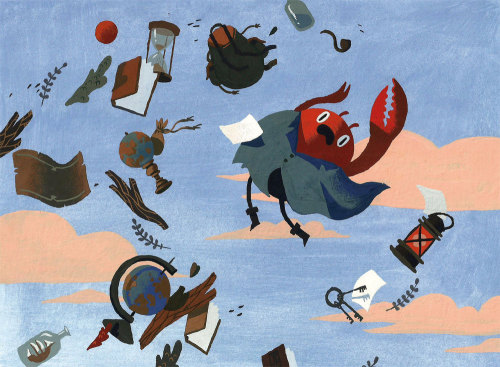



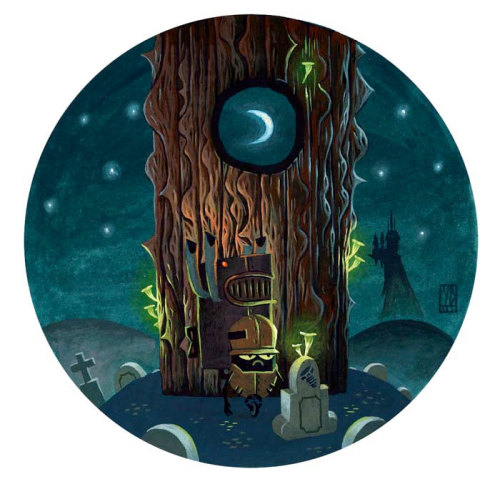

 frontispiece
From wikipedia:Alexandre Alexeieff (1901–1982) was a Russian-born artist, filmmaker and illustrator who lived and worked mainly in Paris. He and his second wife Claire Parker are credited with inventing the pinscreen as well as the animation technique totalization. In all Alexeieff produced 6 films on the pinscreen, 41 advertising films and illustrated 41 books. [cont. reading]
See all Alexeieff posts on 50 Watts
6/7/2014 update: PK at BibliOdyssey asked his (other) friend Will if he knew what printing process was used. Will's response:I'd say in this case that the originals were color woodblock prints rather than lithos or serigraphs.
If the original book edition was more than a few hundred copies [Ed: it was], by 1946 the original multi-block color prints could have been color photo-lithed with a screen printing process.
I'm guessing woodblock prints because the textures of the solid color areas and the line qualities of the Tolstoy prints are similar to a lot of 20th Century Japanese woodblock prints from the 'Shin Hanga' (New Prints) revival of color block printing in mid-20th Century Japan. I've seen a lot of those, and am also aware that there were parallel print movements in Europe, the US and Russia after the War.
frontispiece
From wikipedia:Alexandre Alexeieff (1901–1982) was a Russian-born artist, filmmaker and illustrator who lived and worked mainly in Paris. He and his second wife Claire Parker are credited with inventing the pinscreen as well as the animation technique totalization. In all Alexeieff produced 6 films on the pinscreen, 41 advertising films and illustrated 41 books. [cont. reading]
See all Alexeieff posts on 50 Watts
6/7/2014 update: PK at BibliOdyssey asked his (other) friend Will if he knew what printing process was used. Will's response:I'd say in this case that the originals were color woodblock prints rather than lithos or serigraphs.
If the original book edition was more than a few hundred copies [Ed: it was], by 1946 the original multi-block color prints could have been color photo-lithed with a screen printing process.
I'm guessing woodblock prints because the textures of the solid color areas and the line qualities of the Tolstoy prints are similar to a lot of 20th Century Japanese woodblock prints from the 'Shin Hanga' (New Prints) revival of color block printing in mid-20th Century Japan. I've seen a lot of those, and am also aware that there were parallel print movements in Europe, the US and Russia after the War.
 illus. for "Master and Man"
view larger
illus. for "Master and Man"
view larger
 illus. for "Master and Man"
illus. for "Master and Man"
 illus. for "How Much Land Does a Man Need?"
illus. for "How Much Land Does a Man Need?"
 illus. for "The Godson"
illus. for "The Godson"
 illus. for "What Men Live By"
illus. for "What Men Live By"
 illus. for "Where Love Is, God Is"
illus. for "Where Love Is, God Is"
 illus. for "Two Old Men"
illus. for "Two Old Men"
 illus. for "The Godson"
See all Alexeieff posts on 50 Watts
This post first appeared on May 27, 2014 on 50 Watts
illus. for "The Godson"
See all Alexeieff posts on 50 Watts
This post first appeared on May 27, 2014 on 50 Watts

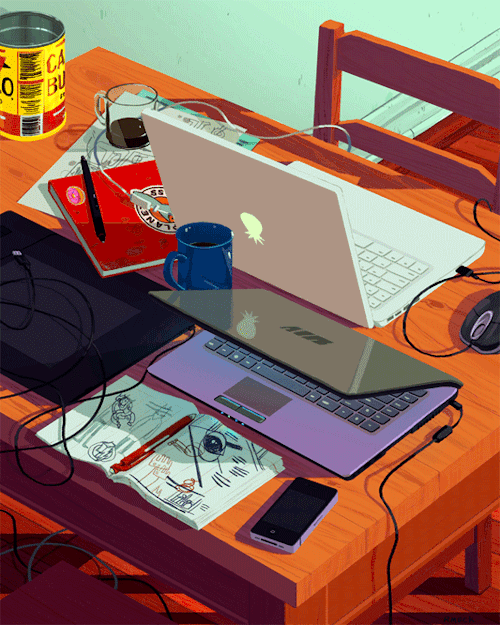
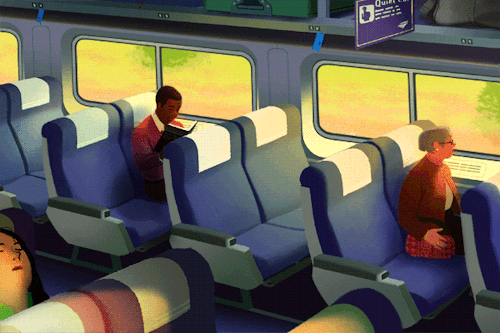




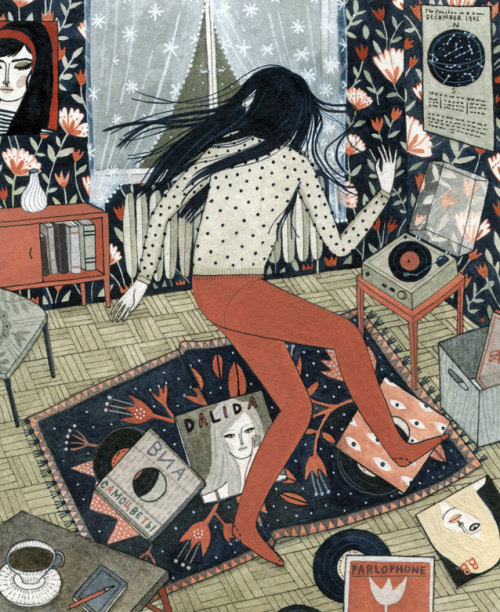

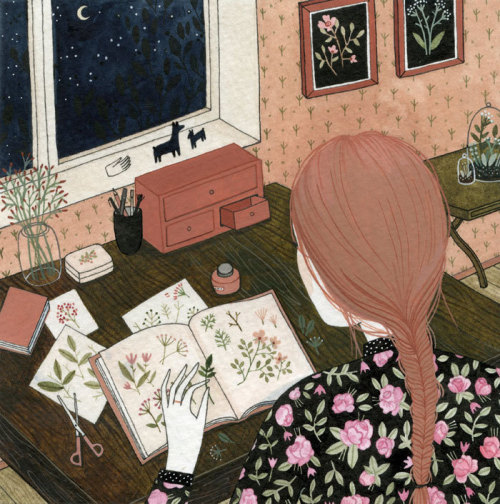

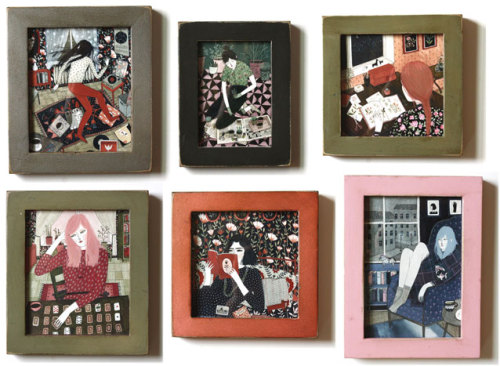




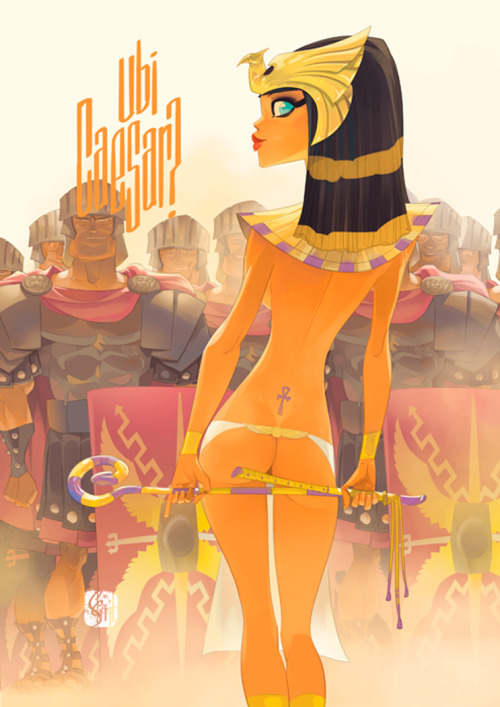




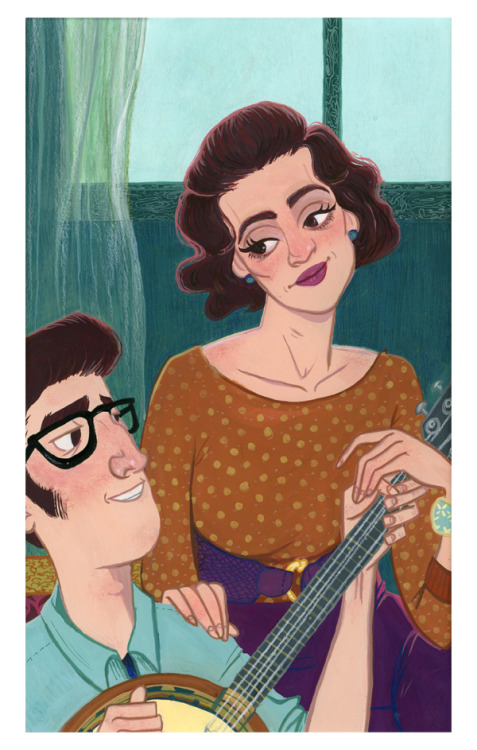
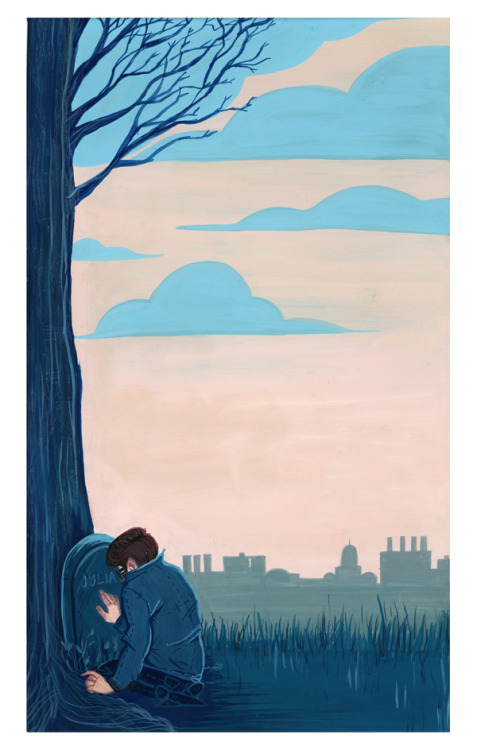


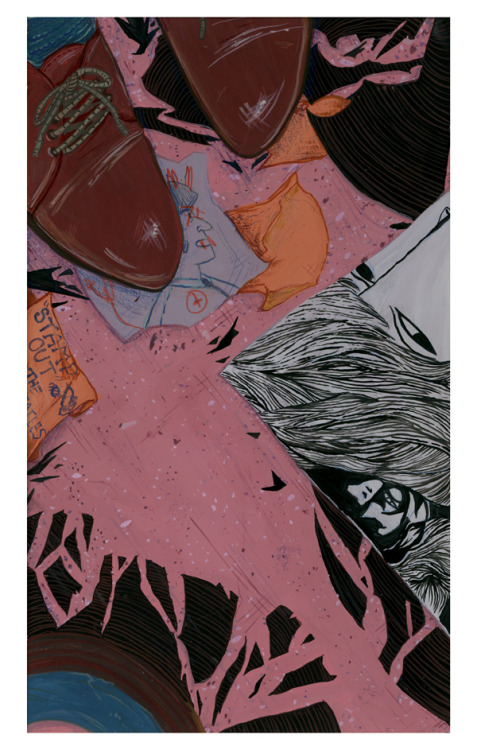



















 The publisher notes, "Fish On A Walk has no text other than two words at the bottom of each picture. This unusual format serves to suggest ideas that are central to each illustration without telling the story, thereby encouraging children to imagine and invent. Packed with many funny details, this book is perfectly suited to young picture book explorers who tend to seek out small, almost hidden things."
I didn't spoil the surprise by including the words at the bottom of the three pictures here. Just buy it (Amazon link).
Profile from Litrix:
Eva Muggenthaler, born 1971 in Fürth, studied book illustrating and graphic art at Hamburg’s Academy of Design. She illustrated Das grosse Nöstlinger Lesebuch [The big book of Nöstlinger stories] and Peter Härtling’s Ben liebt Anna [Ben loves Anna], published by Beltz & Gelberg. In 1997 the Peter Hammer Verlag published her first solo picture book, Der Schäfer Raul [The shepherd Raul], which was nominated for the German Children’s Literature Prize. Eva Muggenthaler works at the AmAldi Studios in Hamburg and lives with her family in Schwabstedt.
The publisher notes, "Fish On A Walk has no text other than two words at the bottom of each picture. This unusual format serves to suggest ideas that are central to each illustration without telling the story, thereby encouraging children to imagine and invent. Packed with many funny details, this book is perfectly suited to young picture book explorers who tend to seek out small, almost hidden things."
I didn't spoil the surprise by including the words at the bottom of the three pictures here. Just buy it (Amazon link).
Profile from Litrix:
Eva Muggenthaler, born 1971 in Fürth, studied book illustrating and graphic art at Hamburg’s Academy of Design. She illustrated Das grosse Nöstlinger Lesebuch [The big book of Nöstlinger stories] and Peter Härtling’s Ben liebt Anna [Ben loves Anna], published by Beltz & Gelberg. In 1997 the Peter Hammer Verlag published her first solo picture book, Der Schäfer Raul [The shepherd Raul], which was nominated for the German Children’s Literature Prize. Eva Muggenthaler works at the AmAldi Studios in Hamburg and lives with her family in Schwabstedt.
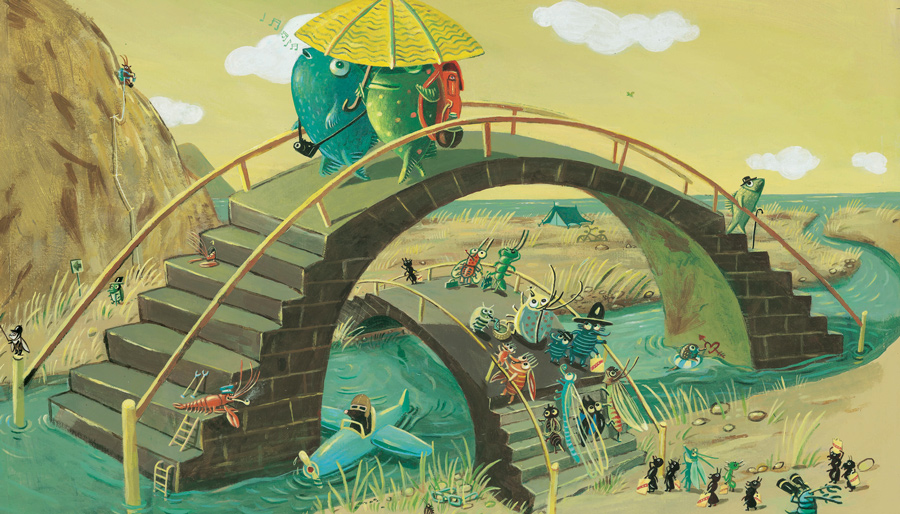 I love how this image recalls the Polish illustrator Szancer (see the top image here)
I love how this image recalls the Polish illustrator Szancer (see the top image here)
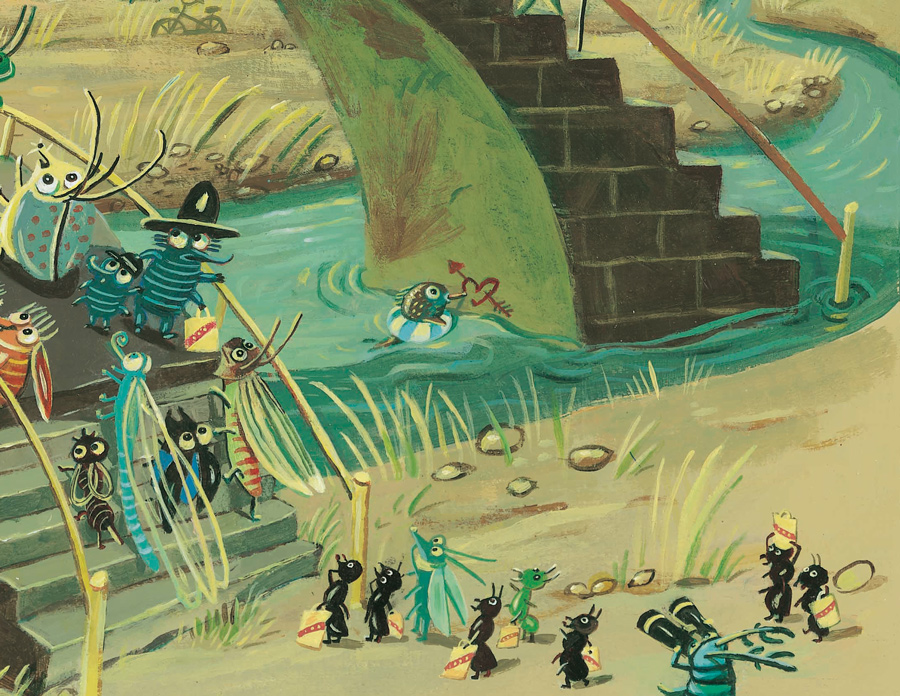 detail
detail

 detail
detail

 detail
detail
 detail
Follow Enchanted Lion Books on Facebook
detail
Follow Enchanted Lion Books on Facebook